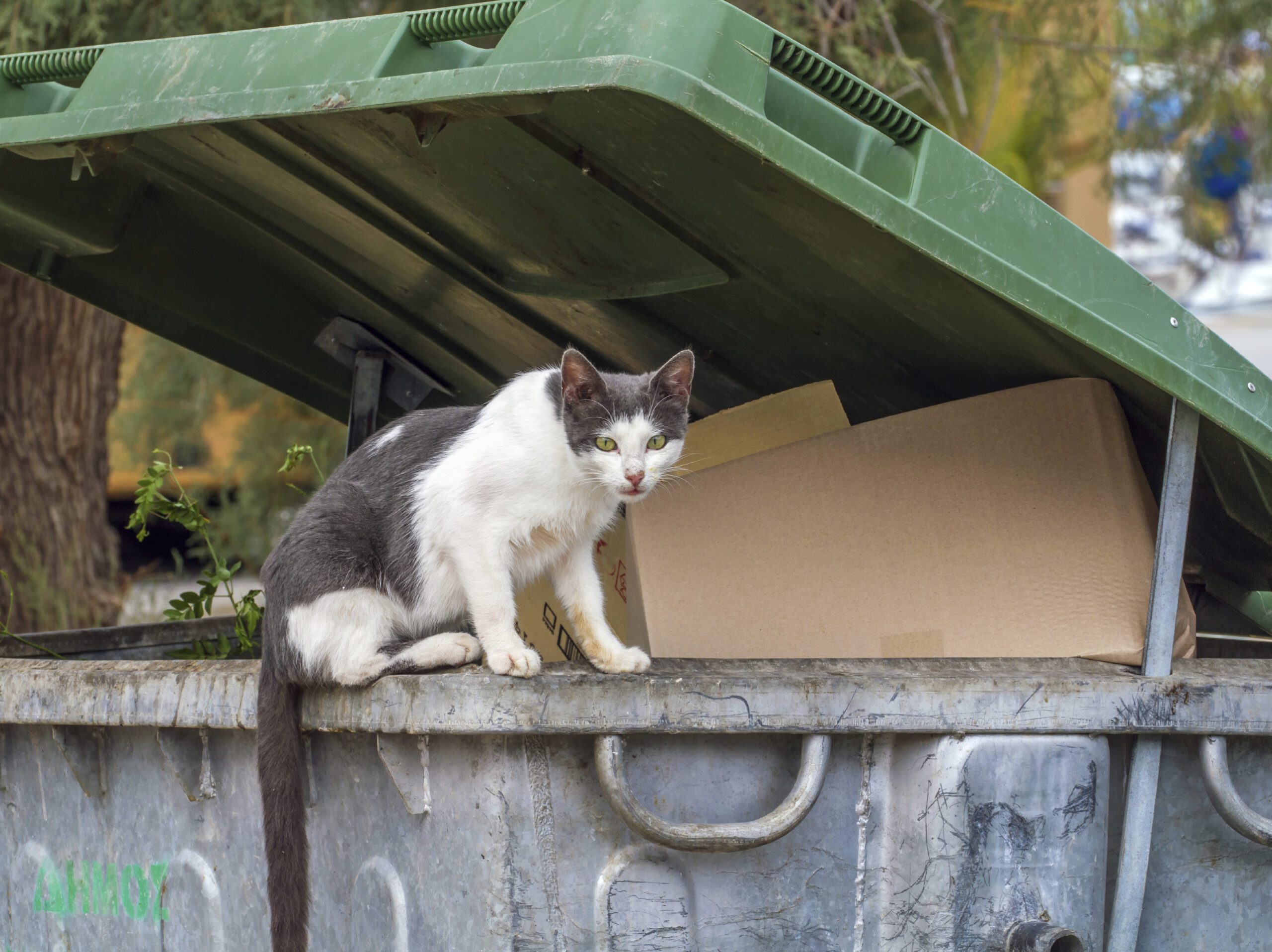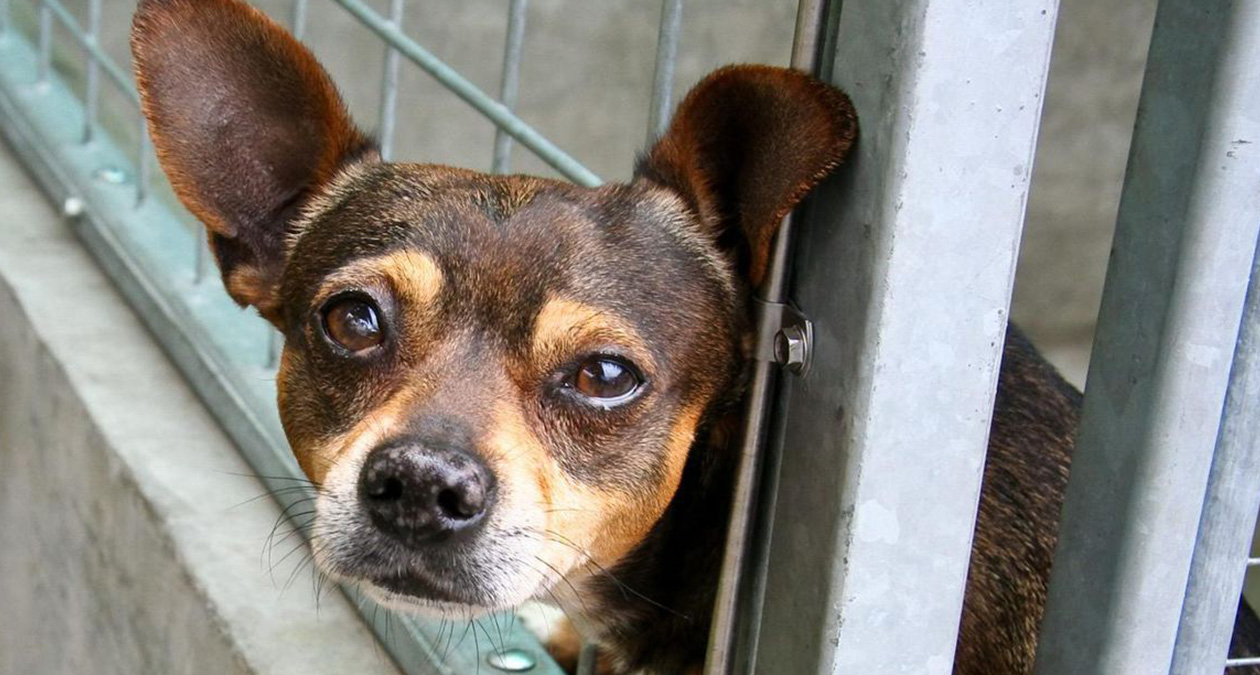Found a stray animal?
If you find a stray dog contact Council on 6549 3700 to arrange for a Ranger to scan it for a microchip and attempt to locate its owner.

Taking a stray dog to the animal shelter
In some circumstances you may end up needing to take a stray dog to the Muswellbrook Animal Shelter yourself. If the shelter is closed place the dog in one of the deposit pens available on-site. They are specifically designed to keep the dog safe and comfortable.
Roaming cats
Roaming cats are not collected by Council Rangers. Under the Companion Animals Act cats are allowed to roam. However, if you have issues with a nuisance cat contact Council for advice.
If you are having trouble with a stray cat, you may consider hiring a cat trap to trap the animal.
Muswellbrook Shire Council has humane cat traps available for hire through the Administration Centre. Phone
6549 3700 for more information.
- Be sure you trap the animal humanely. There are penalties involved if an animal is caught inhumanely. If you are setting a trap it should be checked daily.
- Make sure you haven’t caught a neighbour’s cat. If you have knowingly caught a neighbour’s cat you must return the cat to your neighbour.
- If you have caught what you think to be a stray or feral cat you must take it to Muswellbrook Animal Shelter. Staff at our facility may then evaluate the animal.
- Remember cats are animals and often people’s pets.
Muswellbrook Shire Council will not tolerate cruelty to any animal and all acts of cruelty can and will be immediately reported to the NSW Police or RSPCA.

Lost your pet?
Firstly contact Muswellbrook Animal Shelter on 6549 3700 and inform our friendly staff that you have lost your pet.
Describe your pet giving as much relevant information as you can.
This information should include:
- Breed description
- Colour
- Gender
- Age
- Size of animal
- Micro-chip number
- Colour of collar
- Any other distinctive identifying features.
Also giving the area in which you live or that the animal was lost in can be very useful.
We also recommend contacting local veterinary clinics. People will often drop off found or injured animals to their local vet. They may also take stray animals there to have them scanned for a microchip.
Many local radio stations also provide a free lost and found announcement on air.
Be prepared to walk a reasonable distance as even the smallest of dogs can cover a lot of ground, particularly if they have been frightened or spooked by fireworks or a storm.
If you have still not located your pet, gather up as many family and friends as you can and go for a walk around the neighbourhood. Carry out a door knock and ask if your pet has been sighted in the area.
Be prepared to walk a reasonable distance as even the smallest of dogs can cover a lot of ground, particularly if they have been frightened or spooked by fireworks or a storm.
Remember to call your dog’s name while you look.
Ask permission of local shop owners and put up photographs and posters of your missing animal.

